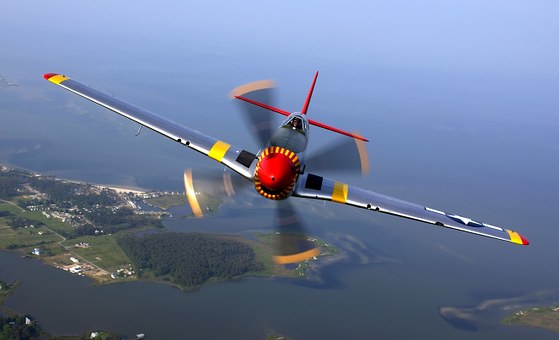Fly –By –Wire System (FBW)
Fly –By –Wire System (FBW)
•The term "fly-by-wire" implies a purely electrically-signaled control system.
• It is a computer-configured controls, where a computer system is interposed between the operator and the final control actuators or surfaces.
•It modifies the manual inputs of the pilot in accordance with control parameters.
•These are carefully developed and validated in order to produce maximum operational effect without compromising safety.
FBW – Basic Operation
•When a pilot moves the control, a signal is sent to a computer, this is analogous to moving a game controller, the signal is sent through multiple wires (channels) to ensure that the signal reaches the computer.
•When there are three channels being used this is known as 'Triplex'.
•The computer receives the signals, performs a calculation (adds the signal voltages and divides by the number of signals received to find the mean average voltage) and adds another channel.

These four 'Quadruplex' signals are then sent to the control surface actuator and the surface begins to move.
• Potentiometers in the actuator send a signal back to the computer (usually a negative voltage) reporting the position of the actuator.
•When the actuator reaches the desired position the two signals (incoming and outgoing) cancel each other out and the actuator stops moving (completing a feedback loop).
FBW – Advantages
2.Increase of stability and handling qualities across the full flight envelope, including the possibility of flying unstable vehicles
3.Turbulence suppression and consequent decrease of fatigue loads and increase of passenger comfort
4.Drag reduction by an optimised trim setting
5.Higher stability during release of tanks and weapons
6.Easier interfacing to auto-pilot and other automatic flight control systems
7.Weight reduction (mechanical linkages are substituted by wirings)
8.Maintenance reduction
9.Reduction of airlines’ pilot training costs (flight handling becomes very similar in an whole aircraft family)



Comments
Post a Comment